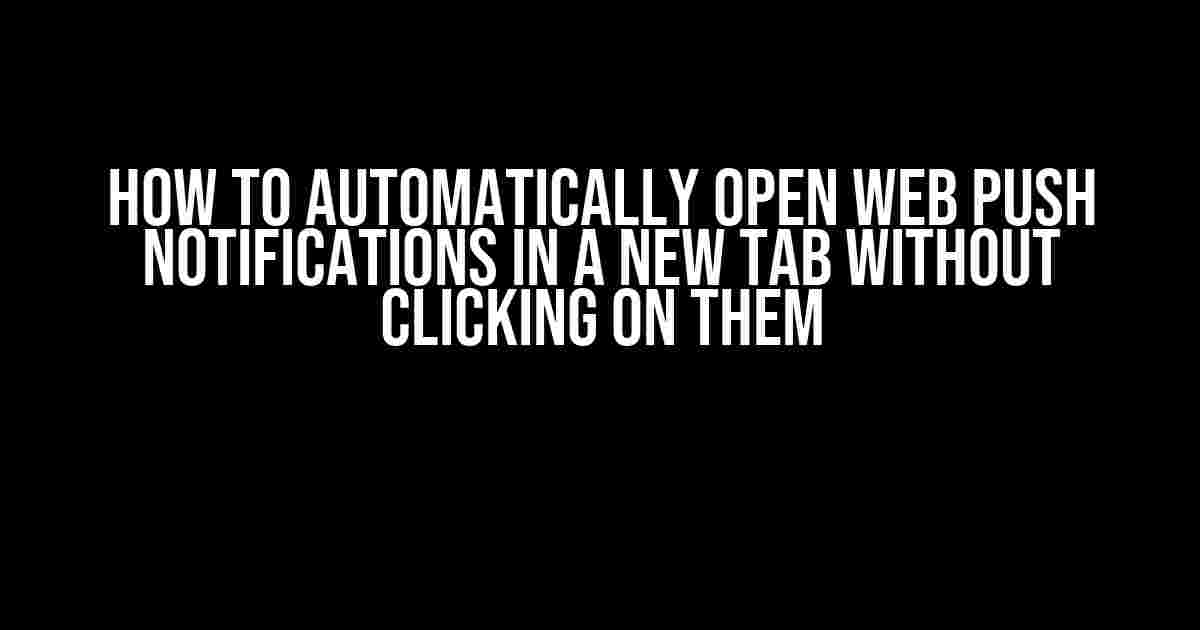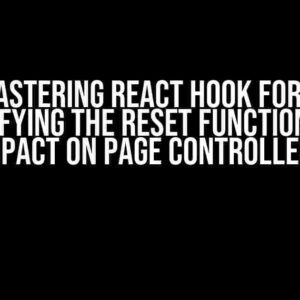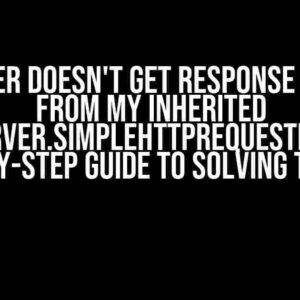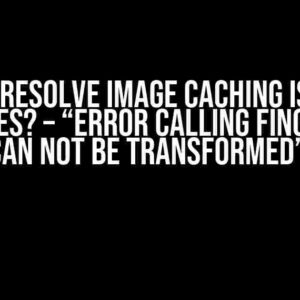Are you tired of manually clicking on web push notifications to open them in a new tab? Well, you’re in luck! In this article, we’ll show you how to automatically open web push notifications in a new tab without lifting a finger. Sounds like magic, right? But don’t worry, we’ll break it down into simple, easy-to-follow steps.
What are Web Push Notifications?
Before we dive into the tutorial, let’s quickly cover what web push notifications are. Web push notifications are small messages that websites can send to your browser, even when you’re not actively visiting the site. They’re similar to mobile app notifications, but for the web. They can be used to notify users of new content, updates, or special offers.
Why Automatically Open Web Push Notifications?
So, why would you want to automatically open web push notifications in a new tab? Here are a few reasons:
- Convenience**: Let’s face it, manually clicking on each notification can be tedious. By automatically opening them in a new tab, you can quickly review and respond to notifications without interrupting your workflow.
- Productivity**: With automatic opening, you can stay focused on your tasks while still staying informed about important updates and news.
- Organization**: Automatically opening notifications in a new tab can help you keep your browser tidy and organized, making it easier to find and reference important information.
Preparation is Key
Before we start, make sure you have the following:
- A modern web browser (Chrome, Firefox, or Edge) that supports web push notifications.
- A website or application that sends web push notifications.
- A basic understanding of HTML, CSS, and JavaScript (don’t worry, we’ll keep it simple).
Step 1: Add the Push API to Your Website
To automatically open web push notifications, we need to add the Push API to your website. The Push API allows your website to send push notifications to users who have granted permission.
<script>
// Register the service worker
navigator.serviceWorker.register('worker.js')
.then(registration => {
// Subscribe to push notifications
registration.pushManager.subscribe({
userVisibleOnly: true,
applicationServerKey: 'YOUR_PUBLIC_KEY'
})
.then(subscription => {
// Save the subscription ID
localStorage.setItem('pushSubscription', JSON.stringify(subscription));
})
.catch(error => {
console.error('Error subscribing to push notifications:', error);
});
});
</script>
Replace `YOUR_PUBLIC_KEY` with your public key from your push notification service provider.
Step 2: Create a Service Worker
A service worker is a script that runs in the background, allowing your website to receive push notifications even when the user is not actively visiting the site. Create a new file called `worker.js` and add the following code:
self.addEventListener('push', event => {
const data = event.data.json();
const title = data.title;
const message = data.message;
const url = data.url;
// Create a new notification
event.waitUntil(
self.registration.showNotification(title, {
body: message,
icon: 'icon.png',
data: { url: url }
})
);
});
This code listens for push events and creates a new notification with the title, message, and URL provided in the push data.
Step 3: Add Click Event to Notification
Now, let’s add a click event to our notification that will automatically open the URL in a new tab:
self.addEventListener('notificationclick', event => {
const notification = event.notification;
const url = notification.data.url;
// Open the URL in a new tab
event.waitUntil(
clients.openWindow(url)
);
});
This code listens for the `notificationclick` event and opens the URL in a new tab using the `clients.openWindow()` method.
Step 4: Add Focus to New Tab
To automatically focus the new tab, we need to add some additional code to our service worker:
self.addEventListener('notificationclick', event => {
const notification = event.notification;
const url = notification.data.url;
// Open the URL in a new tab
event.waitUntil(
clients.openWindow(url).then(window => {
// Focus the new tab
window.focus();
})
);
});
This code uses the `clients.openWindow()` method to open the URL in a new tab and then focuses the new tab using the `window.focus()` method.
Testing Time!
Now that we’ve added the Push API, service worker, and click event, let’s test our implementation:
- Load your website in your browser.
- Grant permission for push notifications.
- Simulate a push notification by sending a request to your push notification service provider.
- The notification should automatically open in a new tab.
Troubleshooting Tips
If you’re having trouble getting automatic opening to work, here are some common issues to check:
| Error | Solution |
|---|---|
| Notification not opening in new tab | Check that you have the correct URL in the `notificationclick` event. Make sure it’s not a relative URL. |
| Notification not focusing | Check that you have the `window.focus()` method in the `notificationclick` event. Make sure it’s not being blocked by a popup blocker. |
| Check that you have the correct public key and that you’re subscribed to push notifications. |
Conclusion
And that’s it! With these simple steps, you can automatically open web push notifications in a new tab without clicking on them. This feature can greatly improve the user experience and increase engagement with your website or application.
Remember to test your implementation thoroughly and troubleshoot any issues that arise. If you have any questions or need further assistance, feel free to ask in the comments below.
Happy coding!
Frequently Asked Question
Get the most out of web push notifications by learning how to automatically open them in a new tab without clicking on them!
Can I really open web push notifications in a new tab automatically?
Yes, you can! Most modern browsers, including Google Chrome, Mozilla Firefox, and Microsoft Edge, support this feature. You’ll need to configure your browser settings and the website’s push notification settings to make it happen.
How do I enable automatic opening of web push notifications in Google Chrome?
In Google Chrome, go to chrome://settings/, scroll down to the “Privacy and security” section, and click on “Site settings”. Then, click on “Notifications” and toggle the switch next to “Open notification in new tab” to the “On” position.
What about Mozilla Firefox? How do I automatically open web push notifications in a new tab?
In Mozilla Firefox, go to about:preferences#, scroll down to the “Privacy & Security” section, and click on “Permissions”. Then, click on “Notifications” and toggle the switch next to “Open in new tab” to the “On” position.
Will this work on all websites that use web push notifications?
Not all websites that use web push notifications support automatic opening in a new tab. The website’s developers need to implement the required code to enable this feature. Check the website’s settings or documentation to see if they support this feature.
Are there any limitations or restrictions to consider?
Yes, some browsers or websites may have limitations or restrictions on automatic opening of web push notifications in a new tab. For example, some websites may require you to grant additional permissions or may not work properly if you’re using a VPN or ad-blocker.




